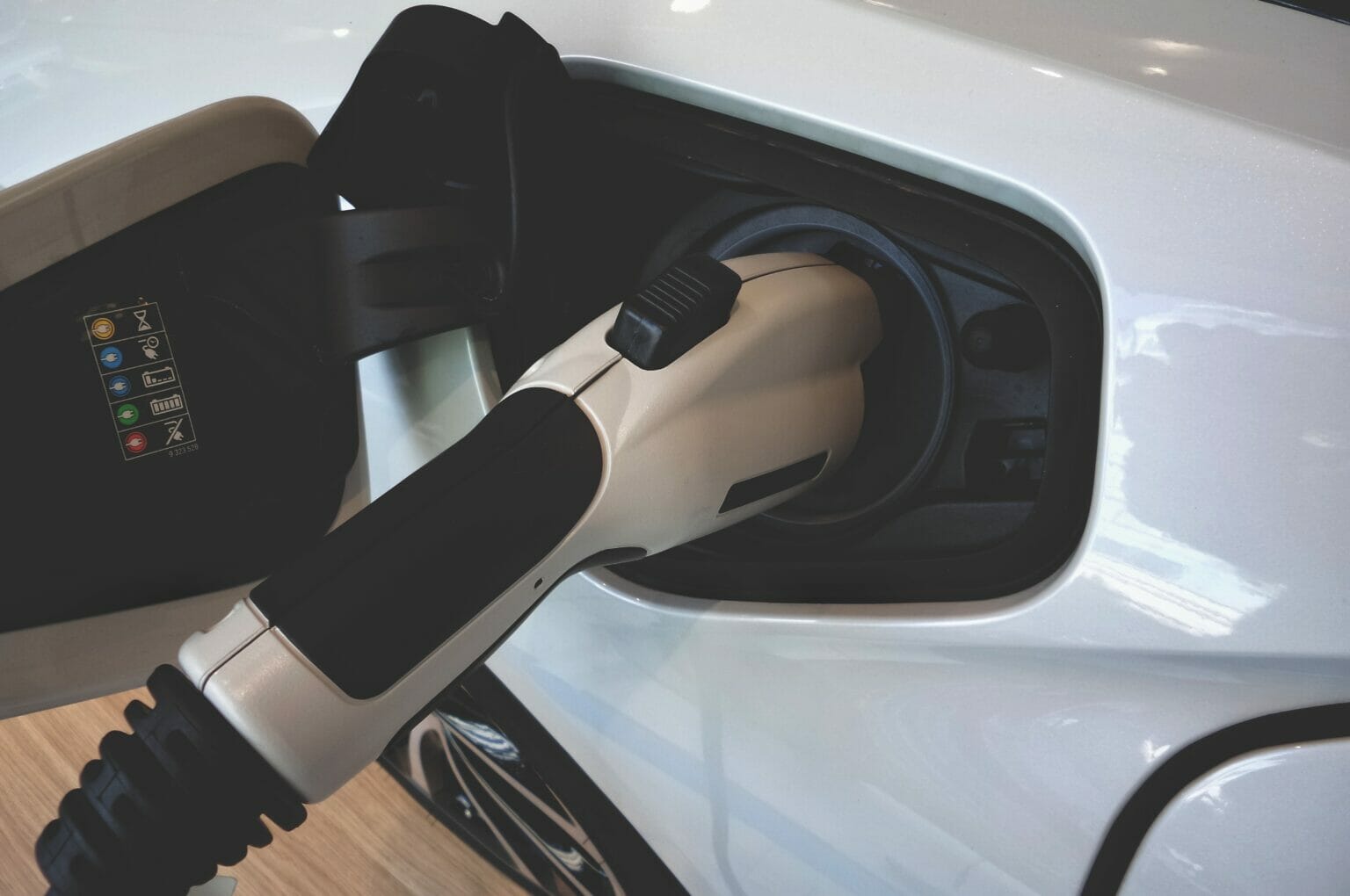The World Bank urged partners to develop green transportation to reduce global warming.
Without fast and clear action in the transportation sector, there is no way to stop global warming. This is a part of the climate equation that is often left out, but it shouldn’t be. 20 percent of the world’s greenhouse gas (GHG) emissions come from transportation, and this number is quickly growing. This is something that affects everyone, everywhere.
The good news is that we already have the tools we need to cut down on emissions from transportation. Some of them, like better public transportation, walking and biking, zero-emission vehicles, and green fuels, are already being used in many countries. Between 2020 and 2021, sales of electric cars around the world doubled, reaching 6.6 million cars and making up almost 9% of the global auto market.
Most green transportation is in the developed world.
But the bad news is that most of the ways to get around that are good for the environment are still in the developed world. In developing and emerging countries, the change is less clear.
At the same time, GHG emissions from transportation in low- and middle-income countries have more than doubled since 2000 and are likely to keep going up quickly as the number of cars and people who want to move around more grows.
If this keeps up, carbon emissions from transportation could grow at a very fast rate, which could be very bad for efforts to stop climate change.
Without going against this trend and bringing decarbonization strategies for transportation to more developing countries, we also run the risk of creating a “green divide” – a two-tier world where high-income countries benefit from the switch to cleaner, greener, more modern fuels and transportation options while low-income countries stay stuck in the past.

Green transportation needs to be brought together.
One way to stop this green divide from getting worse is to stop sending old cars from high-income countries to low-income countries as a way to get rid of them.
From 2015 to 2018, high-income countries sent 11 million used cars to developing countries. Only 28 of these developing countries regulate the emissions or safety standards of these old cars.
Because of this, most used cars sent to Africa are between 16 and 20 years old and have more than 125,000 miles on them. This could be dangerous for people on the road and for the environment.
This problem will get worse if nothing is done about it. In the next 15 to 20 years, low- and middle-income countries expect to double their vehicle fleets, which are mostly made up of used gas-powered cars.
Why it’s important to build better transportation systems
Another way to help is to make sure that cities in developing countries build transportation systems that are efficient, safe, and open to everyone from the start, instead of trying to fix systems that aren’t very good after the fact.
As part of our ongoing and growing efforts to reduce carbon emissions from transportation in developing countries, the World Bank is actively working with client countries on both of these issues, among others.
In Egypt, for example, we worked with the government to get rid of, scrap, and recycle 45,000 old taxis. This made taxi travel safer and cut CO2 emissions by 310,000 tonnes over a four-year period. By upgrading fleets in this way, long-term commitments to systems based on gas-powered vehicles can be avoided. This can help for many years to come.
And in cities like Lima, Abidjan, Dakar, and Manila, which are very different from each other, the World Bank is working with city leaders to build bus rapid transit lines. In the right situation, these can be great solutions because they replace private cars that cause traffic jams with public buses that are cleaner.
Green transportation is more open and available to everyone.
They also help people get to more jobs and important services, like schools and hospitals, and make it easier for people to get to where they need to go. And they connect to other ways of getting around that are good for the environment and common in developing countries, like biking and walking.
We know that projects like this can work, that they can be repeated, and that they can help change the standards for what is acceptable in transportation. Now, the challenge is to make sure there is enough money to make these kinds of changes everywhere in developing countries.
The World Bank is now the largest provider of development financing for transportation around the world. Out of our $31 billion portfolio of transportation projects, 75% now include climate co-benefits, which means they directly help countries reduce their greenhouse gas emissions and become more resilient to climate change.
We have also set up the Global Facility to Decarbonize Transport in 2021, whose goal is to speed up innovation and investment in climate-smart mobility solutions.
Green transportation systems need to work together
Like climate change, transport is not going away. There is no way to separate these two global issues. Right now, we need more people to help us promote green transportation systems.
We want more people to walk, bike, and take public transportation, not as a last resort or because they don’t have a car, but because green transportation is safer, more efficient, and easier to use. Join us now to make this happen.
